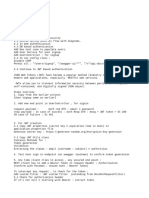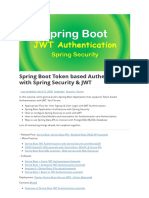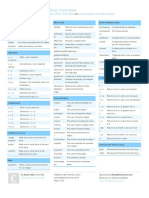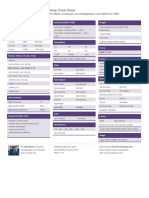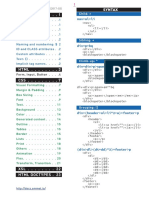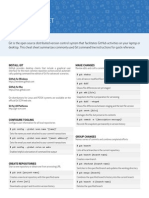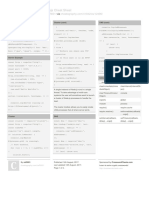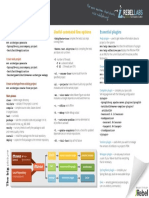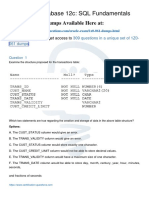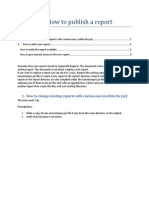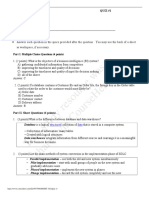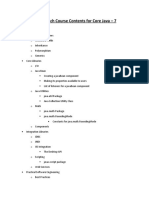0% found this document useful (0 votes)
70 views2 pagesSpring Security Interview Problems
The document explains how Spring Security's filter chain operates, detailing key filters and customization options for request processing. It covers implementing stateless authentication using JWT, method-level security annotations, and the distinction between authentication and authorization. Additionally, it outlines integrating Spring Security with OAuth2 for single sign-on (SSO) through configuration and customization steps.
Uploaded by
pbecicCopyright
© © All Rights Reserved
We take content rights seriously. If you suspect this is your content, claim it here.
Available Formats
Download as DOCX, PDF, TXT or read online on Scribd
0% found this document useful (0 votes)
70 views2 pagesSpring Security Interview Problems
The document explains how Spring Security's filter chain operates, detailing key filters and customization options for request processing. It covers implementing stateless authentication using JWT, method-level security annotations, and the distinction between authentication and authorization. Additionally, it outlines integrating Spring Security with OAuth2 for single sign-on (SSO) through configuration and customization steps.
Uploaded by
pbecicCopyright
© © All Rights Reserved
We take content rights seriously. If you suspect this is your content, claim it here.
Available Formats
Download as DOCX, PDF, TXT or read online on Scribd
/ 2























